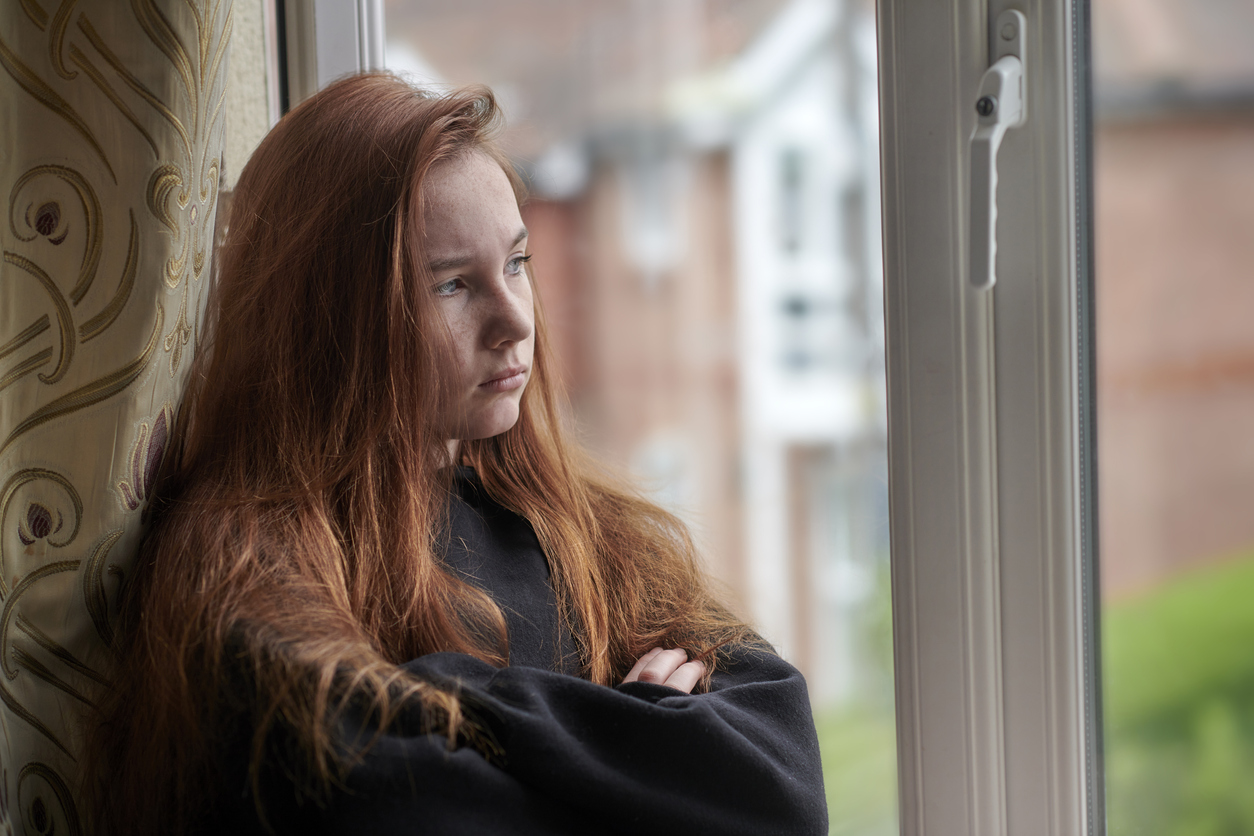Depression in teens is increasingly common, affecting about 1 in 6 adolescents. This mental health condition can manifest through various symptoms, including persistent sadness, loss of interest in activities, and changes in appetite or sleep patterns. Recognizing teen depression early and exploring teen depression treatment can have a profound impact on the overall well-being of a teen.
It is no secret that depression among teens is common. In 2017, for example, more than one in every ten teenagers said they experienced at least one major depressive episode in the last year. Among teen girls alone, it was one in five. The recent COVID pandemic doubled those numbers.
It’s not just a matter of becoming aware of an all-time trend – while awareness of mental health issues has grown over time, we are seeing more than just a growth in teen depression. Teens are also increasingly suicidal, anxious, and more likely to struggle with other mood disorders, personality disorders, and life-threatening eating disorders. We can’t blame it all on greater awareness – so why are more teens depressed than before?
So, how common is teen depression? Keep reading to discover just how common depression is among teens, and how depression treatment can help support teens’ mental health.
How Common Is Teen Depression?
Roughly 16 percent of teens reported at least one depressive episode in 2023. More than two years removed from the start of the pandemic, over two-thirds of US high school students reported that schoolwork was more difficult, and over half reported emotional abuse at home.
Things were already on the rise before COVID, however. Only about 8 percent of teens reported a depressive episode in 2005.
In addition to an overall rise in rates, depression is affecting different teen demographics disproportionately. A short overview of the statistics shows that, while girls are more likely to experience depressive symptoms than boys, LGBTQ+ teens are more likely to struggle with depression than their heterosexual peers unless they receive parental support.
Among racial and ethnic groups in the US, the groups most likely to experience a major depressive episode were biracial and American Indian/Alaskan Natives, as well as White adults. Further study shows that, while rates of single depressive episodes were lower among African Americans, they were far more likely to experience long-term depression (56 percent vs. 38 percent among White populations) and more likely to struggle with severe or debilitating depressive symptoms.
Why Is Teen Depression Common?
Numerous different factors affect depression. These are risk factors – shared factors among teens with depressive episodes that may have contributed to the condition. Risk factors for depression include:
- Genetics
- History of abuse/trauma (including war and natural disasters)
- Socioeconomic problems
- Parenting style
- Lack of supportive environments
- Media influence/gender norms
- Victimization/bullying
- Lack of access to support or mental health services
Furthermore, there are hypothetical reasons why depression rates have been on the rise in recent years. These include:
- Increased academic pressure
- Social media and online peer pressure
- A change in parenting styles (helicopter parenting)
- Globalization (and its effects on the job market)
- Changes in political climate (increased polarization)
- Climate change
- Increased wealth inequality (teens are disillusioned about the future)
Identifying Depression in Your Teens
Depression is a type of mood disorder characterized by a long-term, consistent feeling of low mood or sadness, regardless of a teen’s environment (i.e., they struggle with their mood at home as well as around friends or at school).
Teens often don’t know why they’re depressed or struggle to find a cause or reason. Depression often co-occurs with other mental health issues, particularly anxiety disorders, eating disorders, and substance use problems. Some signs of depression among teens include:
- Consistent lethargy
- Frequent tearfulness or sadness
- Persistent feelings of hopelessness
- Feelings of isolation
- Boredom with current hobbies
- Loss of interest
- Lack of motivation for anything
- Loss of pleasure (anhedonia)
- Difficulty concentrating
- Lowered self-esteem
- Sensitivity to rejection and failure (including irritability)
- Low communication/self-isolation
- Thoughts of self-harm or suicide
- Self-harming behavior or suicidal behavior
- High-risk behavior (reckless driving, unprotected sex, etc.)
Treatment and Protective Factors
The first-line treatment for depression includes talk therapy and antidepressant medication, particularly SSRIs (selective serotonin reuptake inhibitors).
SSRIs do not eliminate depressive symptoms but can sometimes help mitigate or manage these symptoms while in therapy. Long-term talk therapy and a better, more supportive environment are often the most relevant factors in the successful management of depressive symptoms.
In cases of treatment-resistant depression, other treatment options become available.
Protective factors that can help mitigate the risk of depression can also be key in treatment. These include a positive parent-child relationship, better communication between parents and teens, an authoritative (not authoritarian) parenting style, better stress management options, a healthier social connection, and supportive environment (within the school and local community), and access to mental health resources (counseling and professional help).
Conclusion
Teen depression has become increasingly common for several reasons. The factors behind the rise in teen depression range from the potential exacerbation of mental health issues by social media and online victimization, to an increase in feelings of personal isolation (and loss of community), as well as greater environmental and political stressors (social and financial inequality, climate change, an increasingly hostile and extremist political landscape, gun violence, anti-LGBT violence).
Furthermore, despite an increase in understanding of what depression is, what it looks like, and how it might be treated, few teens get the help they need. Access to proper mental health resources is still limited, and teens are still pressured to find ways to deal with their mental health issues on their own before getting help.
Parents, teachers, and peers alike can help support teens with depression by recognizing and acting on early signs of depression, championing access to mental health resources, and encouraging their loved ones to get professional help when it becomes available. At Visions Treatment Centers, we champion teen mental health treatments and provide access to residential treatment programs for teens with severe mental health conditions and substance use disorders. Visit our website to find out more.








